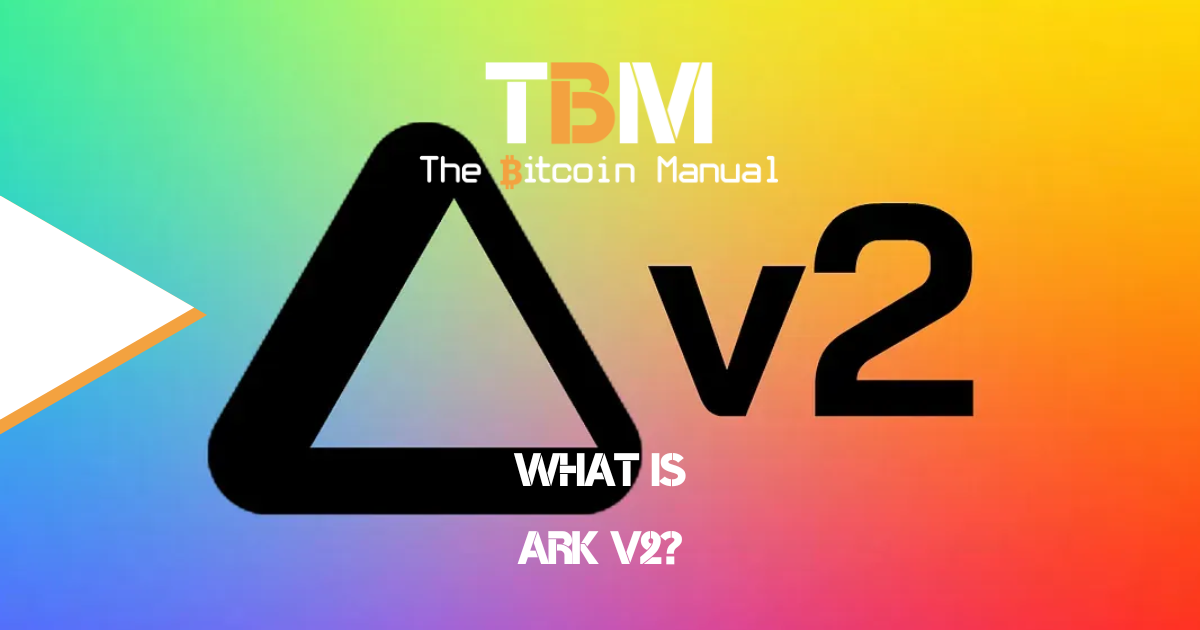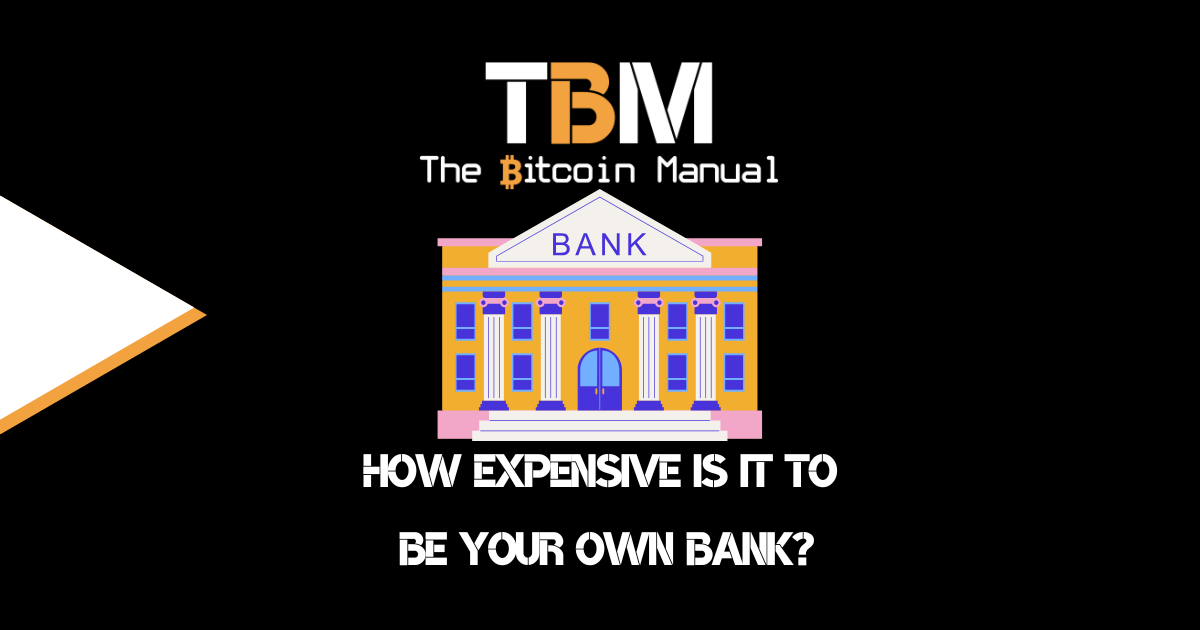Bitcoin’s impact on finance is undeniable; it’s built an entirely new asset class from a grassroots movement, and that growth comes at a cost: block space. The more people onboard to the network, the more likely it becomes that a large cohort of people will want to fit in a block at any one time, causing massive congestion and fee spikes.
Think of a highway with four lanes.
It usually allows everyone a smooth ride, but during peak hours, you’ll find yourself crawling bumper to bumper, wasting time and consuming more resources to get to the same place.
Bitcoin suffers from a similar fate with its over 100 million-strong user base, and it’s only going to bulk under the weight as it moves to support billions of users. Its limited transaction capacity has become a major hurdle to widespread adoption, forcing the community to explore ways to add more capacity.
Sidechains like Liquid and Rootstock were among the first options; they offered users a separate blockchain using a pegged asset. However, should these sidechains ever cater to a large audience, they will face the same problems as the base chain, not to mention the issue of offering no unilateral exit.
Lightning offers far more potential to onboard users, increase transaction capacity, handle smaller transactions, and remain cheap to transfer, but it also places a large technical burden on users, who have to manage the entire stack themselves and put up liquidity to use it.
The technical requirements have pushed many Lightning users towards custodial wallets or Lightning Service Providers instead. So, there’s a market for users who want cheap and fast transactions without too much technical overhead and are willing to deal with a service provider.
Enter Ark, a proposed layer two scaling solution from Bitcoin developer Burak. Ark allows users to secure Bitcoin with an Ark Service Provider (ASP), receive vUTXOs (Virtual UTXOs), which they can spend within Ark or interact with other scaling solutions, or return back to the base chain with an exit request transaction.
Ark allows recipients to receive payments without acquiring inbound liquidity, solving a key onboarding issue with Lightning. The protocol also offers CoinJoin-like privacy, and interactions with Ark will be similar to those on-chain, all the while remaining as cheap as Lightning.
Ark was first proposed in May 2023.
As the concept has been formalised with a testnet, Burak recently unveiled the V2 iteration, aiming to address previous objections and limitations from the first project. Ark V2 explores its potential to streamline Bitcoin transactions and its unique approach within the ever-evolving landscape of Bitcoin scaling solutions.
A refresh on what Ark does?
Ark takes a distinct approach to Bitcoin scaling, utilising virtual transaction outputs (vTXOs) – temporary tokens that exist off-chain but are anchored on the Bitcoin blockchain. Transactions using vTXOs occur off-chain, significantly reducing the load on the main Bitcoin network.
When users deposit Bitcoin with a server (akin to a digital bank), they receive a virtual UTXO, similar to a banknote but with a crucial difference. This check is akin to a cheque with an expiration date.
Every vUTXO has an expiration date, and each user or owner of a vUXTO needs to interact with the server at least once every month to keep their vUTXO active. If the user fails to do this, the server reserves the right to claim the Bitcoin backing the cheque upon its maturity.
What if an ASP goes down?
Should the ASP cease to exist, users can still retrieve their digital gold without the ASP’s assistance by signing a specific key that burns the vTXO to redeem the UTXO and back those funds.
Ark V2?
In Ark V1, the Taproot structure involved two branches, the sweep and unroll.
- The sweep branch can be triggered by ASP after four weeks to reclaim the locked funds.
- The unroll branch can be triggered by anyone at any time to start unrolling the congestion control tree down to the leaves.
With the Ark V2 design, here’s what the new TapTree structure looks like:

There are two upper TapBranches; the left upper TapBranch, and the right upper TapBranch.
The sweep and unroll branches remain under left upper TapBranch, where;
- The sweep branch remains unchanged.
- The unroll branch can no longer be triggered at any time; instead, it can be triggered two weeks after the tree is created.
Another upper branch is added to the root, which acts as the revocation branch. This branch corresponds to various combinations of revocation possibilities. A revocation branch can encompass up to millions or even billions of leaves, each representing an aggregate revocation public key combination,
V2, the latest iteration of Ark, builds upon the original concept with several enhancements:
Shorter reclaim period
Ark v2 enables Ark Service Providers (ASPs) to reclaim their liquidity without waiting for the expiration period (4 weeks) to elapse.
Better rebalancing
One main concern with Ark was the liquidity lockup. As transaction volume increases on the network, the service provider must lock up more liquidity, with ArkV2 ASPs having more control over their rounds and how they balance process claims back on-chain.
Flexibility for sidechains
While the initial Ark focused solely on vTXOs for the base chain, it can be deployed with sidechains, offering developers more options for scaling solutions.
Users can join an existing Ark service provider or run their own on the Liquid Network since the required OP_CODEs are already active on Liquid.
Ark V2: A promising contender?
While still under development, Ark V2 presents an intriguing proposition for Bitcoin scaling but will face some issues in carving out a niche for itself.
- Early stage development: Ark V2 is a relatively new concept, and its real-world functionality remains to be tested.
- Competition in the scaling space: Established solutions like the Lightning Network already have a significant user base. Ark V2 will need to demonstrate clear advantages to gain widespread adoption.
- Ark requires covenants: The current Ark implementation requires Elements introspection opcodes, which will require a soft fork, but a proposal for the covenant-less version, code-named clArk, is in the works.
- User adoption: Ark would need time for wallets to review the tech and integrate Ark into their stack or application to enable your users to send and receive Bitcoin payments off-chain.
- Low fees: Users only seek out scaling solutions when there’s motivation; if Bitcoin fees remain low, there will be a tiny drive to adopt and explore scaling solutions.
- ASP responsibilities: Ark servers or service providers need to manage a host of functions and abstract the complexity from the users.
- Gateway handles (on/off)boarding requests.
- Coordinator handles Ark rounds and creation of round txs (every 5 secs)
- Treasury handles verification & approval of round txs, and operations, altering the capacity of the service.
Keeping an Eye on Ark V2
Ark V2 injects a fresh perspective into the Bitcoin scaling discussions, where every solution could find its own niche; some may prefer the trade-off sidechains offer, others might prefer eCash, while Lightning seems to be a speedway that helps link all these different solutions together.
Whether Ark, with or without covenants, emerges as a dominant solution remains to be seen.
However, Ark’s innovative approach and potential for collaboration with existing protocols make it a development worth following closely. While it offers a lot of value to the end user, the setup seems rather complex and burdens the ASP, which could make operating it a labour-intensive and costly process.
It is anyone’s guess how Ark service providers charge for their services, manage their costs, and run a profitable operation.
Do your own research.
If you want to learn more about Ark, use this article as a starting point, and don’t trust what we say as the final word. Take the time to research other sources, and you can start by checking out the resources below.




